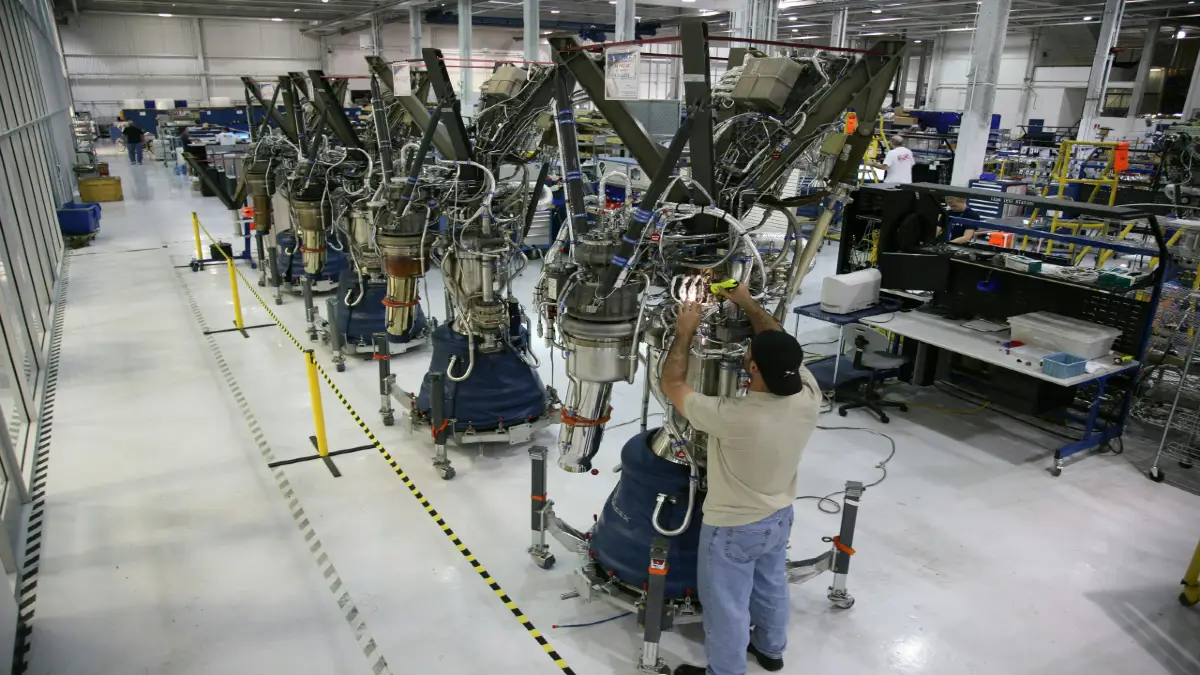Next-Gen Tech: A Look at Smart Factory Solutions

In the rapidly evolving landscape of manufacturing, the advent of smart factory solutions is revolutionizing production processes like never before. These cutting-edge solutions combine modern production techniques, automation, and data sharing to increase productivity, quality, and safety on factory floors. By harnessing the power of interconnected devices, artificial intelligence, and real-time data analytics, smart factories pave the way for unprecedented levels of optimization and agility.
Let’s delve deeper into this transformative phenomenon and explore how it’s reshaping the future of manufacturing.
Streamlining Operations through AI-driven Analytics
Artificial intelligence (AI) plays a pivotal role in harnessing the wealth of data generated by smart factory ecosystems. Advanced analytics algorithms enable manufacturers to make data-driven decisions with unmatched precision by sifting through massive databases to find patterns, correlations, and anomalies. Manufacturers can improve product quality, manage production schedules, and fine-tune supply chain operations with previously unattainable accuracy by utilizing AI-driven insights.
One of the key applications of AI in smart factories is predictive analytics, which enables proactive problem-solving and risk mitigation. Artificial intelligence (AI) algorithms are able to predict possible bottlenecks, quality problems, and delivery delays by evaluating past production data as well as external factors like supplier performance and market trends. Equipped with this insight, producers can implement preventive measures, strategically distribute resources, and reduce disruptions all the way through the production process.
Enhancing Collaboration with MES Platform Integration
Manufacturing Execution System (MES) platforms serve as the backbone of smart factory operations, seamlessly integrating disparate processes and systems to orchestrate end-to-end production workflows. These systems enable cooperation and coordination across departments and functions by offering a single hub for real-time monitoring, regulating, and optimization of production processes.
Manufacturers have comprehensive insight into their operations, from the acquisition of raw materials to the delivery of finished products, by connecting an MES platform with IoT devices, AI analytics engines, and enterprise resource planning (ERP) systems. This networked ecosystem facilitates smooth data transfer and interoperability across various production assets, allowing for quick decision-making and ongoing process enhancement.
Empowering Workers with Human-Machine Collaboration
Contrary to popular misconceptions, the rise of smart factory solutions isn’t about replacing human workers with machines; it’s about augmenting human capabilities with advanced technologies. Collaborative robots, or cobots, are a prime example of how automation can complement human expertise on the factory floor. Alongside human operators, these intelligent robots help with heavy lifting, repetitive jobs, and precise assembly. They also learn from human feedback to continuously improve their performance.
Moreover, wearable technologies such as augmented reality (AR) glasses and smart helmets enhance worker safety, efficiency, and skill development. Augmented Reality (AR) projects digital data onto the actual world, giving operators real-time guidance, schematics, and feedback while they perform intricate assembly tasks or maintenance operations.
Ensuring Cybersecurity in Connected Environments
As smart factory ecosystems become increasingly interconnected and data-driven, cybersecurity emerges as a critical concern for manufacturers. Every machine, sensor, and device linked to the Internet increases the attack surface tremendously, revealing weaknesses that malevolent actors might exploit to compromise machinery, disrupt operations, or steal confidential data.
Manufacturers need to put strong cybersecurity safeguards in place throughout the infrastructure of their smart factories in order to reduce these risks. This entails deploying firewalls, encryption protocols, access controls, and intrusion detection systems to safeguard against unauthorized access and data breaches.
Optimizing Energy Efficiency through Smart Grid Integration
In the quest for sustainability and cost savings, smart factory solutions are increasingly incorporating smart grid technologies to optimize energy consumption and reduce environmental impact. By integrating IoT sensors, AI algorithms, and real-time energy management systems, manufacturers can acquire detailed insights into their energy use trends and execute proactive tactics to enhance efficiency and decrease waste.
Smart grid integration makes dynamic load balancing, demand response, and peak shaving possible. It enables companies to modify their energy usage in real time in reaction to changes in power pricing, system congestion, and the availability of renewable energy sources.
Transforming Quality Control with Machine Vision Systems
Quality control is paramount in manufacturing, ensuring that every product meets stringent standards of performance, reliability, and safety. Machine vision systems are transforming the quality inspection process with unparalleled speed and precision, utilizing deep learning models, AI algorithms, and sophisticated imaging technologies to identify deviations, anomalies, and deficiencies.
Machine vision systems utilize high-resolution cameras, sensors, and lighting systems to capture detailed images of products as they move along the production line. Real-time AI algorithms examine these images to find any anomalies or deficiencies by comparing them to predetermined quality standards. Machine vision systems are excellent at seeing even the smallest anomalies that could go unnoticed by humans, whether they are evaluating dimensional correctness, detecting surface flaws, or confirming assembly integrity.
Conclusion
In the era of Industry 4.0, smart factory solutions are transforming the manufacturing landscape, ushering in a new era of efficiency, agility, and innovation. By utilizing AI, MES systems, and sophisticated robots, manufacturers can enhance product quality, simplify operations, and optimize manufacturing processes like never before. These technologies, which range from collaborative robots and machine vision systems to predictive maintenance and real-time analytics, enable firms to satisfy changing client expectations, adjust to shifting market dynamics, and remain ahead of the competition.
